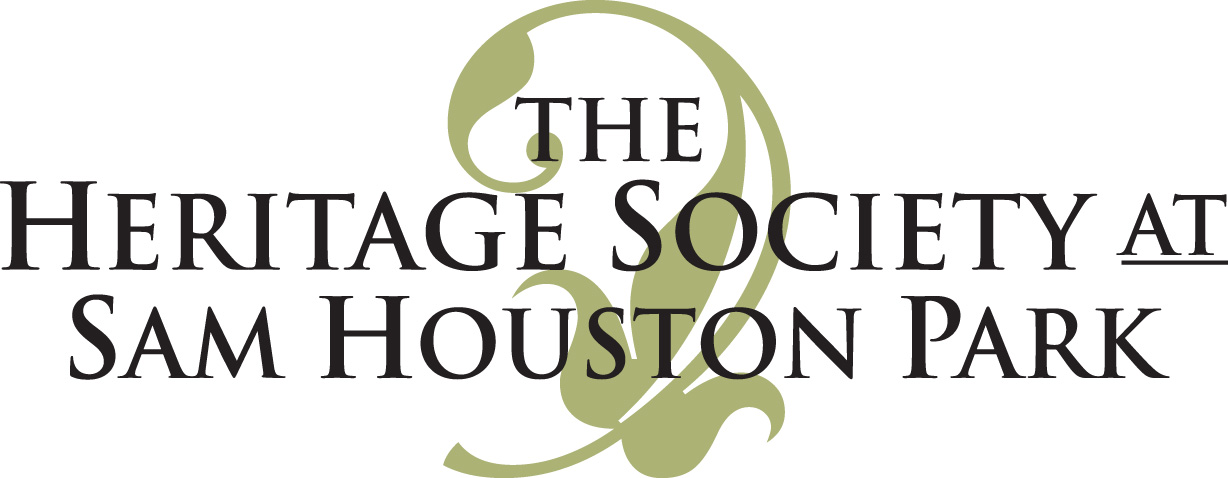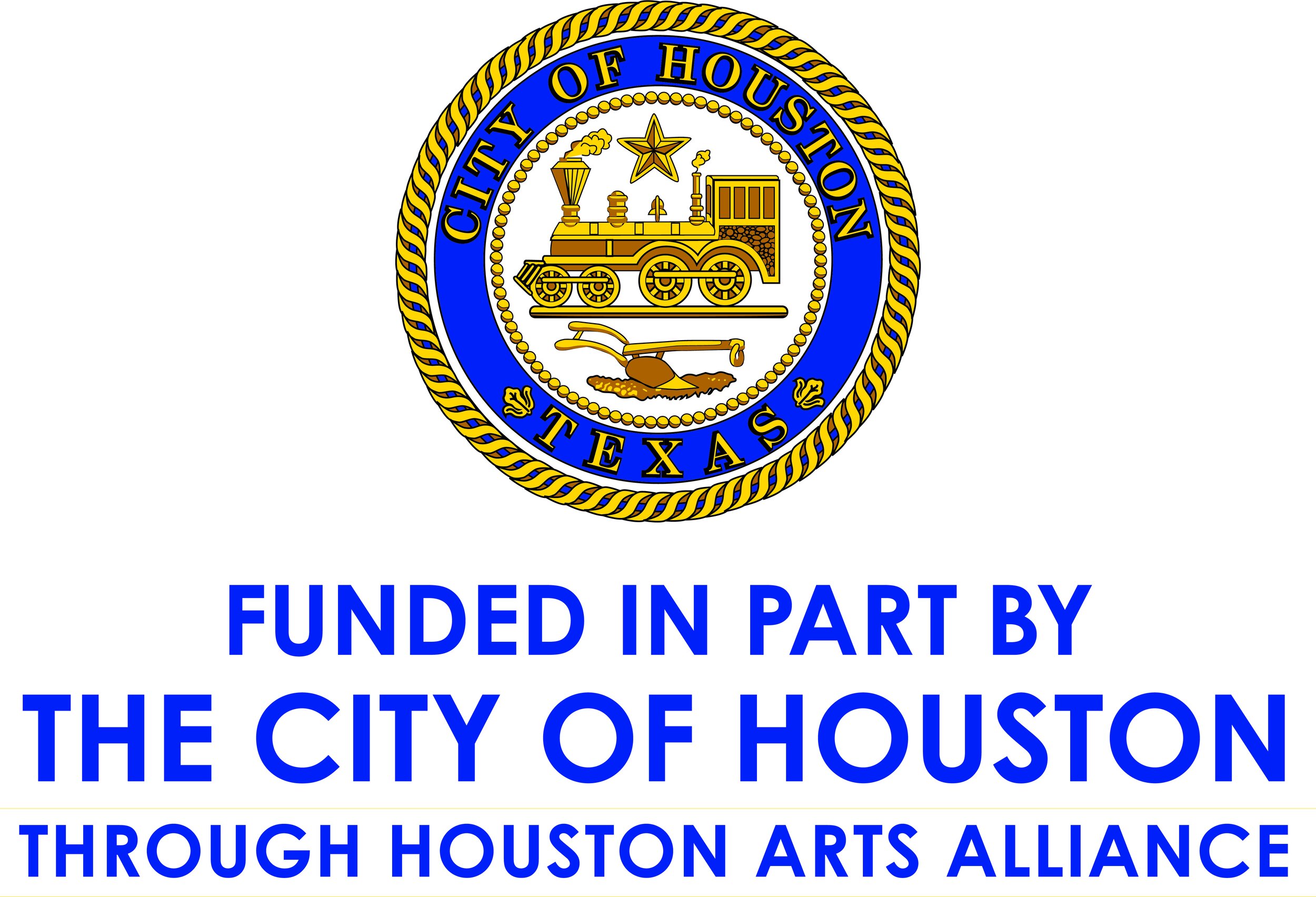Thanks for the Memories
1900 Foley Brothers Dry Goods at 507 Main Street. Courtesy of HMRC.
Macy’s was the final tenant at 1100 Main Street, but for many generations of Houstonians, that building will always be remembered as Foley’s. The Foley’s tradition started way back in 1876 when W.L. Foley opened his dry goods store in the 200 block of Travis. Eventually W.L. encouraged his two nephews, James and Pat Foley, to come to Houston from Ireland. In 1900 the brothers opened their Foley Brothers Dry Goods Company at 507 Main with a $2,000 loan from their uncle. On opening day, the store recorded 138 sales which totaled a whopping $113.12. Their business continued to prosper and by 1916 Foley Brothers occupied a new location in the 400 block of Main and ranked third in retail volume in Houston with $400,000 in sales. By this time the number of employees had grown from 10 to 150, the company had 750 active charge accounts, and the store encompassed 23,000 square feet of space.
Foley Brothers was purchased by the Cohen family of Galveston in 1917 and continued to grow under the leadership of George S. Cohen. By 1945, when the prosperous business was sold to Federated Department Stores, gross sales were $8 million. Federated changed the store name to Foley’s and immediately started planning for a new building at 1100 Main. Kenneth Franzheim was chosen as the architect and Raymond Lowey & Associates of New York, the most famous store interior designer of the day, was selected for the interiors. The construction of the new store generated a burst of national publicity; it was the first complete department store built in the country since 1928. The New York Times, Time Magazine, and Newsweek Magazine all came to Houston to cover the groundbreaking event on March 1, 1946. The new store was the epitome of a post-war department store. When it opened in 1947, reportedly twenty thousand people stood outside waiting for the doors to open. The total cost with later additions would come to $13 million.
1947 Foley’s Department Store at 1100 Main Street, Courtesy of © Briscoe Center, University of Texas at Austin
The new Foley’s building was the most technologically advanced retail operation of its time. It was one of the first stores in the south to install escalators, something most customers had never seen or ridden. There were reports of long lines for a chance to be carried from floor to floor on the electric staircases. Other technological wonders included an elaborate behind the scenes system of chutes, automatic lifts and a conveyor system that moved merchandise more quickly and quietly than before. The five story parking garage at Travis and Lamar was connected to the main store by means of an underground tunnel, a precursor of the future downtown tunnel system. Probably the most enticing feature of the new store to most Houstonians was the air-conditioned interior which a store ad promised “provided more than ten city blocks of shopping under one roof, protected from the weather”. The building’s windowless design with only the large ground level display windows added a modern touch to the Houston skyline.
During the early decades after WWII, Houston was not yet crisscrossed with freeways. There were a modest number of new subdivisions outside the city center, but downtown was still a destination. It was a lively mix of banking, business interests, hotels and cultural venues. The Metropolitan Theater at 1016 Main Street and the Loew’s State Theater at 1022 Main brought visitors down for a day of shopping and a movie. During the holidays, the large street level display windows were filled with elaborate automated Christmas scenes. Families in Houston and many surrounding communities made it a family tradition to make the trek every year to downtown Houston to see the windows.
Community involvement was always a hallmark of Foley’s management and through its efforts, the store became more than a local business - it became a vital part of the city’s life. During the banking holiday of 1933, when citizens could not withdraw money from their accounts and businesses would not accept personal checks, Foley Brothers issued Foley’s Checks in various denominations to their customers in return for the customer’s personal check. When the banks reopened, Foley Brothers deposited the checks, none of which bounced. Over the years, Foley’s served as a staunch supporter of the Houston Livestock Show and Rodeo as well as providing a source of western wear for Go Texan Days for many Houstonians. During World War II, Foley’s supported war efforts by donating advertising, conducting bond drives, selling bonds to build a new cruiser Houston, dispatching thousands of packages to troops overseas, and funding overseas canteens. Foley’s stores served as the official Girl Scout outfitters for area girls. In 1950, a visit by Santa to the downtown store grew into the Thanksgiving parade that Houstonians still enjoy today. The store even sponsored a little league team known as the Foley’ Texans and encouraged its employees to attend the games.
From its inception as a dry goods store to its modern post-war “shopping city” on Main Street with innovative advertising and retail practices to its participation in a myriad of civic activities, Foley Brothers evolved to Foley’s and became a proud member of the community - “Houston’s Store”. The downtown store at 1100 Main was the flagship of a mercantile enterprise. Buildings often fall victim to progress and the demise of this one closes a chapter in Houston’s history, but we can still enjoy the memories of its glory and excitement as a Houston institution. The Foley’s building was demolished in 2013.









